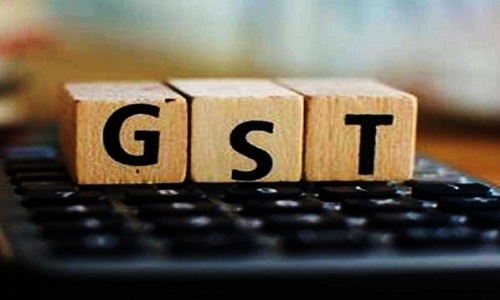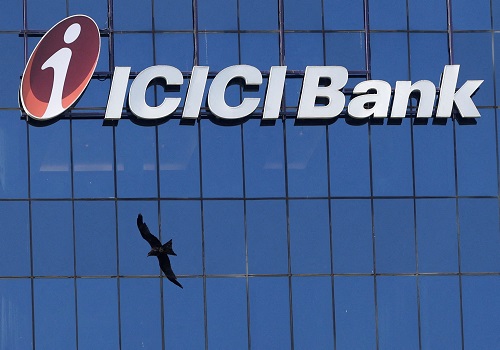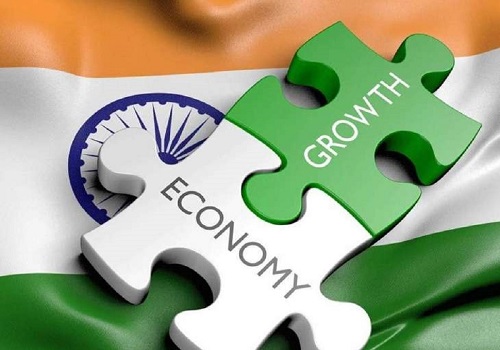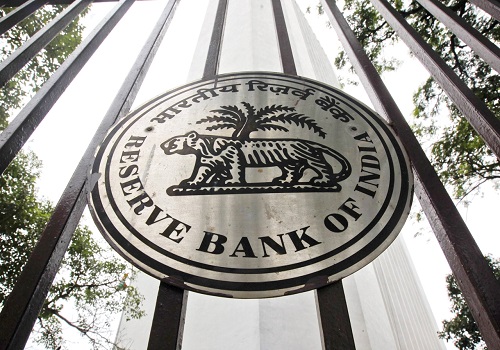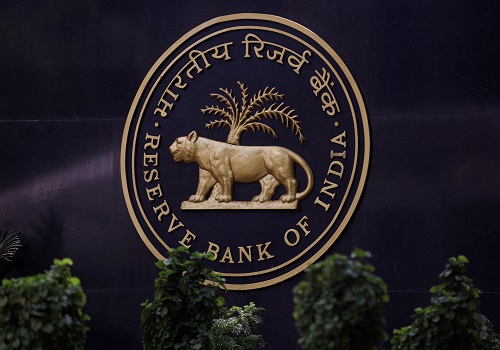Sharp GDP rebound expected driven by private capex, agri growth, buoyant consumption
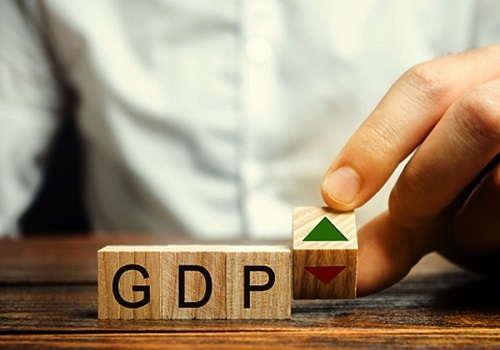
The dip in India’s Q2 GDP growth is temporary, driven by seasonal monsoon effects and election-related factors, and should begin to correct by January-March period (Q4) FY25, according to industry experts.
For equity markets, this data is unlikely to have a significant impact.
“Any short-term dip in market sentiment could present an opportunity for investors with surplus funds to build long-term positions, given the underlying strength in key consumption and service sectors,” said Dr Vikas Gupta, CEO and Chief Investment Strategist, OmniScience Capital.
There are several encouraging signs within the data, like private consumption grew at an impressive 6 per cent, significantly higher than both the overall GDP growth rate and the 2.6 per cent recorded in Q2 FY24.
“This dispels recent concerns about weakness in private consumption. Government consumption improved from the previous quarter but was lower compared to the same period last year, likely reflecting cautious spending ahead of elections,” said Gupta.
The primary sector showed stability with marginal GVA growth, although mining was impacted by the monsoon.
In the secondary sector, the construction sector continued to perform robustly. The highlight was the tertiary sector, which grew strongly at 7.1 per cent, underscoring the resilience of private and government consumption.
According to Jahnavi Prabhakar, economist, Bank of Baroda, despite overall moderation, private consumption recorded strong growth of 6 per cent in Q2 FY25, up from 2.6 per cent in Q2 FY24.
“The agriculture sector showed robust growth at 3.5 per cent in Q2 FY25, compared to 1.7 per cent in Q2FY24, supported by favourable monsoon and higher kharif output.
“A sharp rebound in H2 FY25 is expected, driven by government and private capex, robust agriculture growth, and buoyant consumption demand, with GDP growth projected at 6.6-6.8 per cent for FY25,” Prabhakar mentioned.
The real estate demand has remained stable, as indicated by high-frequency indicators. Both buyer appetite and developer sentiment towards the real estate market continue to be steady.















